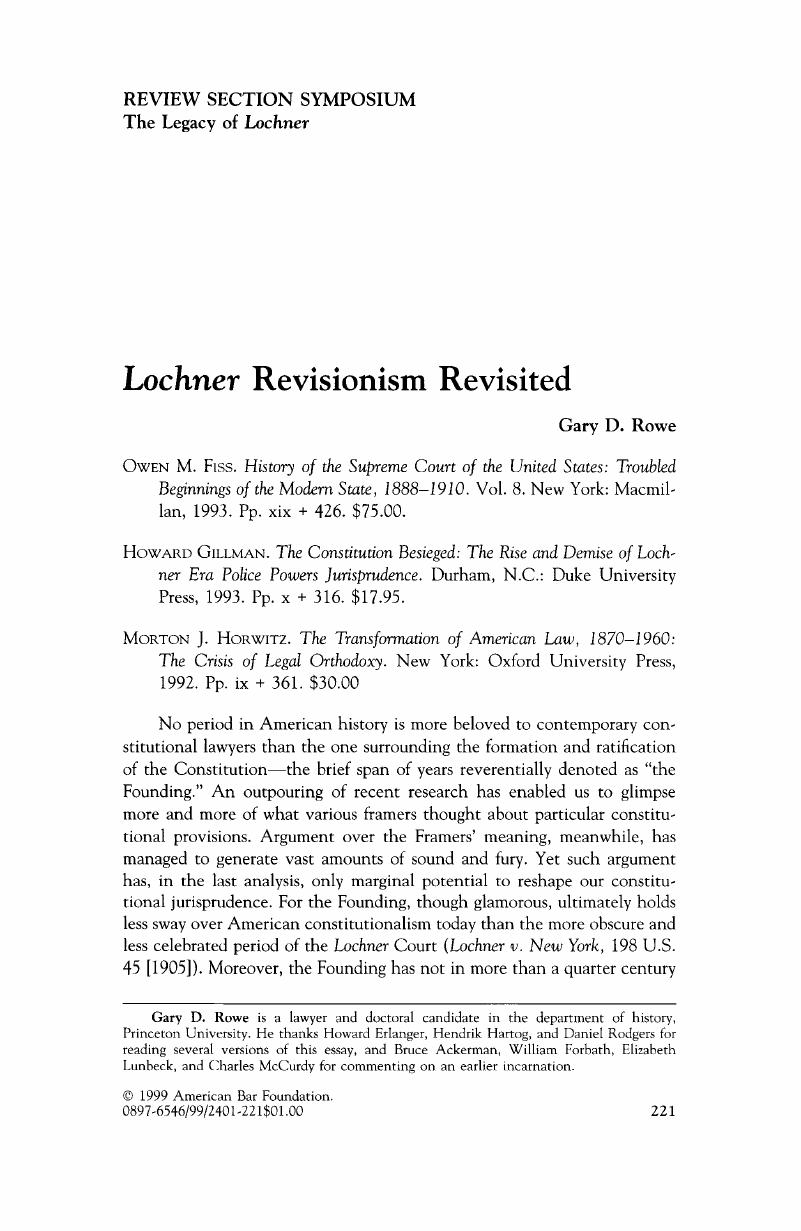Crossref Citations
This article has been cited by the following publications. This list is generated based on data provided by Crossref.
Wright, Ronald F.
and
Huck, Paul
2002.
Counting Cases About Milk, Our “Most Nearly Perfect” Food, 1860-1940.
Law & Society Review,
Vol. 36,
Issue. 1,
p.
51.
Einhorn, Robin L.
2008.
Slavery.
Enterprise and Society,
Vol. 9,
Issue. 3,
p.
491.
Einhorn, Robin L.
2008.
Slavery.
Enterprise and Society,
Vol. 9,
Issue. 3,
p.
491.
2010.
Constitutional Illusions and Anchoring Truths.
p.
79.
2013.
Slavery, Abortion, and the Politics of Constitutional Meaning.
p.
14.
O’Neill, Johnathan
and
Postell, Joseph
2013.
Toward an American Conservatism.
p.
1.
Sawyer, Laura Phillips
2013.
Contested Meanings of Freedom: Workingmen's Wages, the Company Store System, and theGodcharles v. WigemanDecision.
The Journal of the Gilded Age and Progressive Era,
Vol. 12,
Issue. 3,
p.
285.
Hoyos, Roman J.
2013.
A Companion to American Legal History.
p.
86.
O’Neill, Johnathan
2013.
Toward an American Conservatism.
p.
13.
2013.
The American State from the Civil War to the New Deal.
p.
96.
2014.
Le mythe de l'impartialité.
p.
549.
Kalman, Laura
2018.
In Defense of Progressive Legal Historiography.
Law and History Review,
Vol. 36,
Issue. 4,
p.
1021.
2018.
Almost Citizens.
p.
160.
Beienburg, Sean
2019.
Progressivism and States’ Rights: Constitutional Dialogue between the States and Federal Courts on Minimum Wages and Liberty of Contract.
American Political Thought,
Vol. 8,
Issue. 1,
p.
25.



